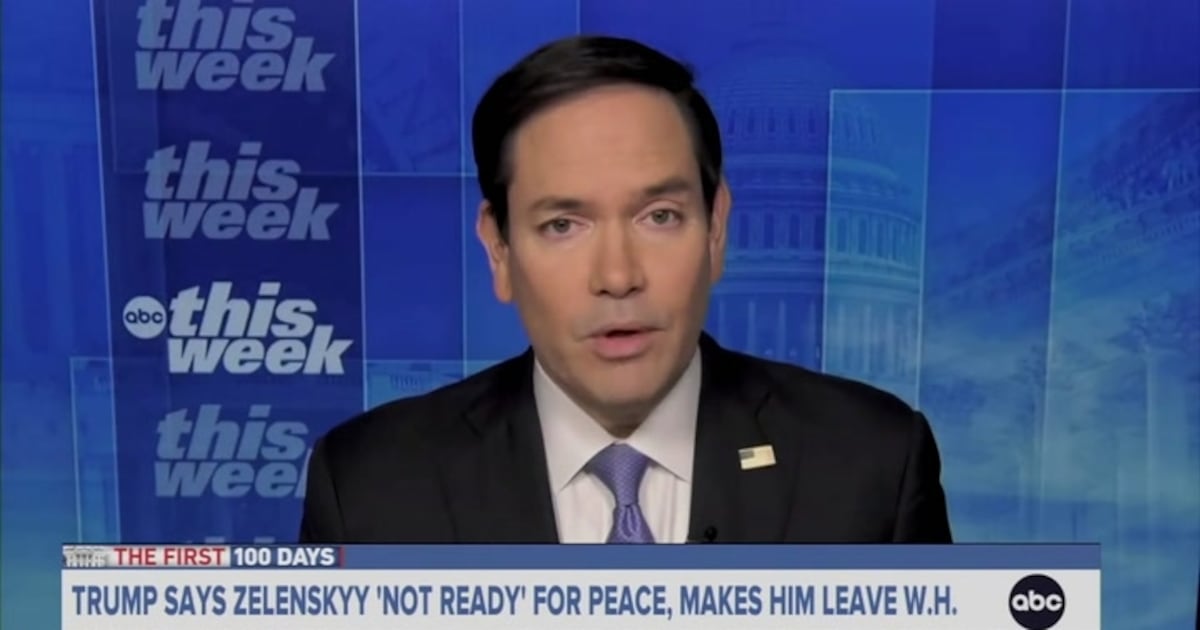Hundreds of Ukrainian fighters trapped for more than two months in the vast Azovstal steel works have surrendered to their Russian besiegers after their commanders finally called time on the defense of Mariupol.
A total of 264 soldiers, 53 of them badly wounded, were taken in a convoy of buses to two towns held by Russian-backed rebels in the Donetsk area, Ukrainian officials said Tuesday. It is unclear how many more are left in the steelworks, where as many as 1,000 fighters had been holed up in a network of underground tunnels and caverns in a medieval siege.
The decision to evacuate them, announced overnight by President Volodymyr Zelensky, allows Russia to finally claim victory in the battle for Mariupol, a strategic city on the Sea of Azov crucial to Russia’s plans for a land bridge between southern Russia and occupied Crimea. The battle is thought to have cost the lives of thousands of civilians, including some 600 people who took refuge in a theater bombed by the invaders.
Throughout the 82-day siege, the defenders of Mariupol, spearheaded by the Azov Regiment, have held out against and humiliated a much larger Russian force. Many had already said goodbye to their families in snatched phone calls from the steel plant, convinced that they would never leave.
The Ukrainian military said the Azovstal defenders had completed their mission just by forcing the Russians to keep on fighting for Mariupol, buying time for Ukrainian forces elsewhere, and their commanders had now been ordered to do what was necessary to “save their lives.”
In a televised address, Zelensky carefully avoided the word defeat and said he hoped to be able to swap the Azovstal prisoners for Russian soldiers captured in Ukraine.
“We hope that we will be able to save the lives of our guys,” he said. “There are severely wounded ones among them. They’re receiving care. Ukraine needs Ukrainian heroes alive.”
Russia is likely to drive a hard bargain in any prisoner swap, especially for soldiers from the Azov Regiment, which was set up as a paramilitary militia unit with far-right links during the original 2014 Donbas war. President Vladimir Putin has consistently portrayed his “special operation” in Ukraine as an attempt to “denazify” the country, and Azov has been the target of his TV propagandists.
Within hours of the Azovstal surrender, the Russian Duma was reportedly debating a law that would prevent Azov Regiment prisoners being swapped for Russians. Vyacheslav Volodin, the parliamentary speaker, said “Nazi criminals” should not be exchanged. Lawmaker Leonid Slutzky went even further, demanding a moratorium on the death penalty be lifted to punish the Ukrainian prisoners.
The Azovstal defenders’ families have made widespread international appeals, including to Chinese President Xi Jinping and Pope Francis, for help. One possible evacuation deal involved an offer by President Recep Tayyip Erdogan to give the fighters and their families sanctuary in Turkey.
As grim as conditions were in the steel plant, with shortages of food, medicine, and ammunition, the heroes of Mariupol are far from safe yet, pawns in the hands of a military force stung by its failures and with a documented disregard for human life.
There have been repeated accounts during two and a half months of war, often from intercepted communications between soldiers and their families, of commanders casually using rank-and-file troops as cannon fodder, refusing permission to collect soldiers’ corpses from the battlefield, and even of dumping bodies rather than sending them back to Russia.
According to a CNN report this week, authorities in Kyiv have been using facial recognition software to identify dead Russian soldiers before contacting their families to suggest they collect the bodies. Most of the time, according to the Ukrainian minister in charge of the effort, the only response is a foul-mouthed threat.
A series of interviews with Russian POWs, posted by the Kyiv YouTuber Volodymyr Kolkin, suggest Russian commanders are even shooting dead their own wounded rather than have to take them to hospital. One group of captured soldiers told how one officer went round “finishing off” wounded men after an engagement with Ukrainian forces.
“There was a young guy, wounded, lying on the ground,” one solder said. “Commander asks him, ‘Can you walk? No?’ He just took out his gun and shot him.”
“And not just one,” another soldier said. “The commander shot four or five people that way, young guys.”
A third soldier interrupted: “They could have been saved, transported somewhere, receive some help, but he just killed them.”






